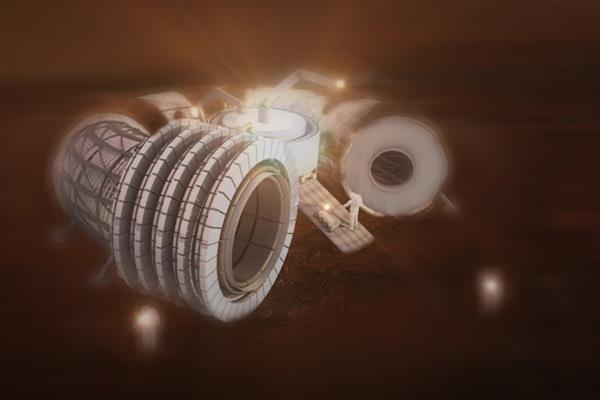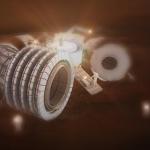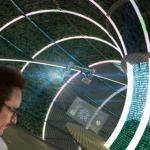NASA has recently announced the results of its 3D Printed Habitat Challenge, a competition in which entrants were tasked to develop architectural concepts. These concepts were to implement 3D printing techniques for the construction of habitats on Mars, using materials that could be sourced from the Red Planet itself.
“The creativity and depth of the designs we’ve seen have impressed us,” said Centennial Challenges Program Manager Monsi Roman. “These teams were not only imaginative and artistic with their entries, but they also really took into account the life-dependent functionality our future space explorers will need in an off-Earth habitat.”
Even if the team from the MIT school of architecture doesn’t reach the first place, their resource are really impressive. The core concept was inspired by NASA’s 2007 discovery of a region of Mars called Silica Valley. At Silica Valley, the robotic rover Spirit, active from 2004-2010, detected soil on this area of the planet was made up of up to 60% silica. At the time of discovery, NASA speculated that the “patch of bright-toned soil” was “so rich in silica that scientists propose water must have been involved in concentrating it”.
The Silica Valley discovery piqued the interests of the MIT group, since silica is one of the raw materials needed to make glass, which could be 3D printed in its molten form to create a kind of fibreglass, an ideal material for building structures on the alien planet.
Caitlin Mueller, assistant professor in building technology and director of the Digital Structures group, explained how “thinking about it was really fun because you really are starting from scratch.” The group had to think outside of the box, since Mars has only a third of the gravity of Earth, and temperatures of below zero for most of the year. Furthermore, there is a lack of atmosphere on the Red Planet, which means that structures would have to be pressurised from within to withstand the vacuum of the space.
“Paradoxically, being in an alien environment in the future frees us up to be a little more conceptual,” said Justin Lavallee, technical instructor and the director of the Architecture Shops at the School of Architecture, and a collaborator on the project. “We can be a little more exploratory without being so bogged down in current understanding of what will and won’t work in architecture.”
Mueller’s area of expertise concerns the deployment of new methods of 3D printing. Specifically, she has been exploring 3D printing techniques which, rather than going in horizontal layers as typical 3D printers do, actually follow the stress-lines of structures to ensure superior strength. Lavallee’s recent research has involved working with new thermoplastic composite materials. The duo shared their ideas to create a 3D printer that could extrude the composite material and shape it, whilst weaving it together with fibreglass for strength and shape.
The two experts collaborated with a number of MIT students on the project, who each offered their own unique ideas. “It wasn’t just us teaching them how to build a structure on Mars, because none of us know how to do that,” said Mueller. “We were figuring it out together.” “To create a model of the habitat, Lavallee took charge in the architecture shop, using metal, aluminum, and thermoplastics to build a prototype of the structure. Many of the projects we work on focus narrowly on one tool or one machine,” he explained. “
Whilst the team’s design did not win the competition, their research could well be used as a springboard for new 3D printed habitat designs to be used on Mars. Whether NASA will have built a neighbourhood of structures in Silica Valley by 2035 is another matter altogether.















